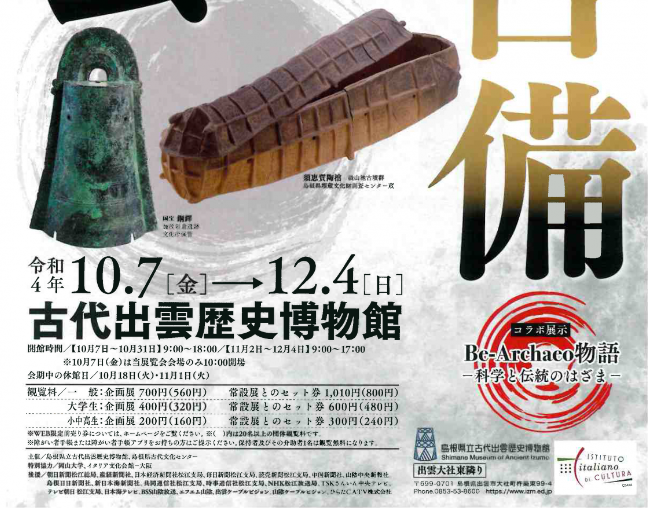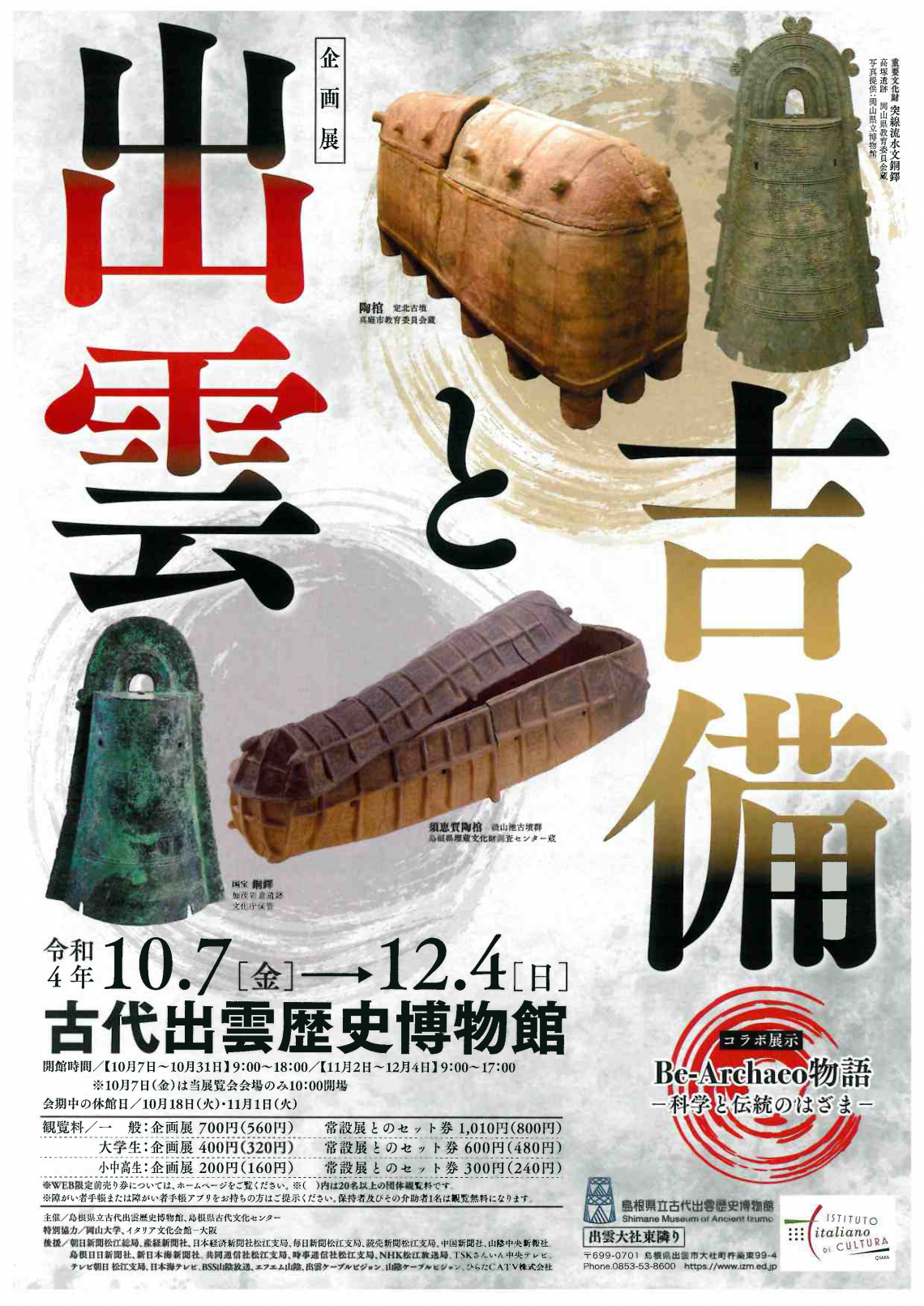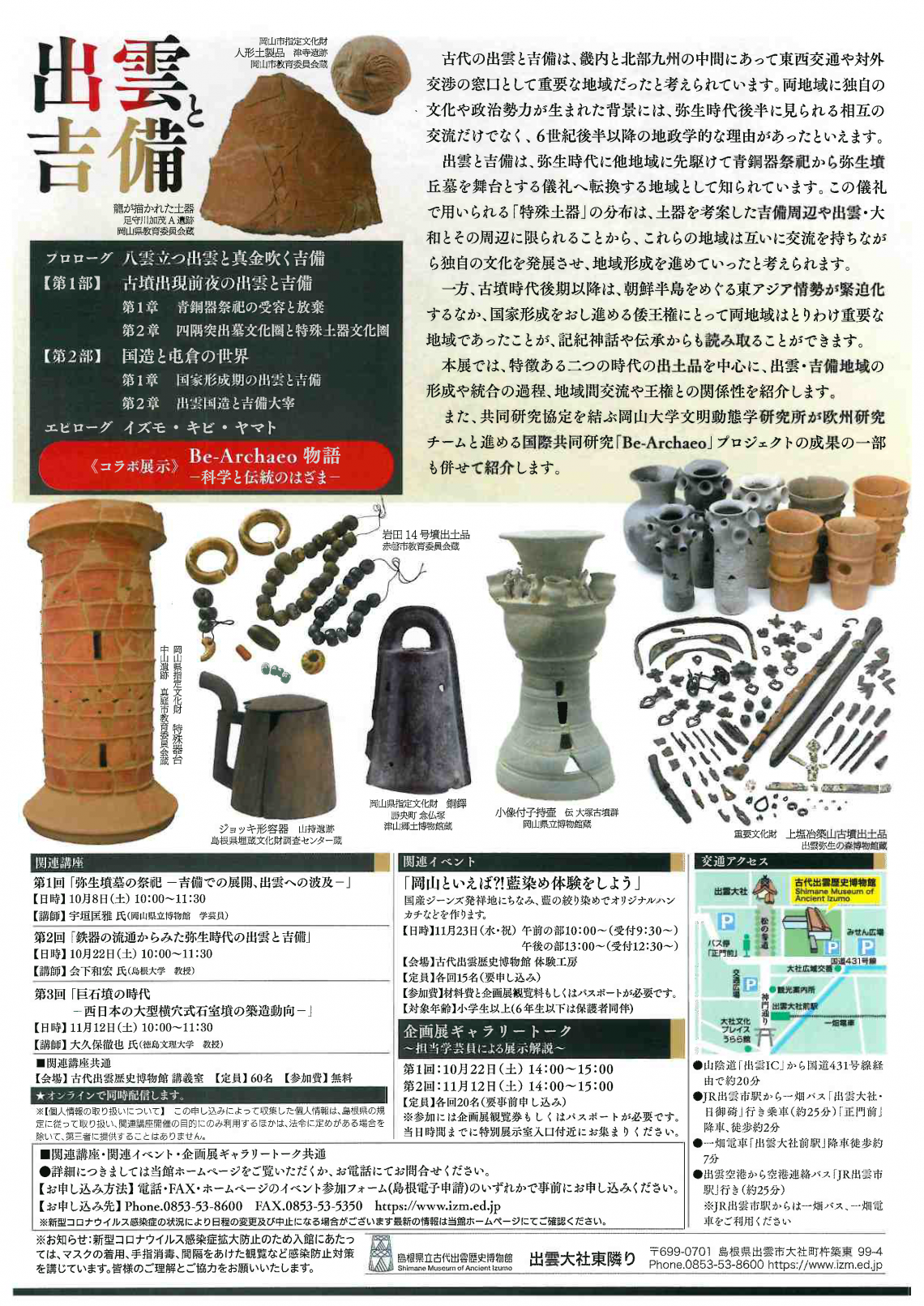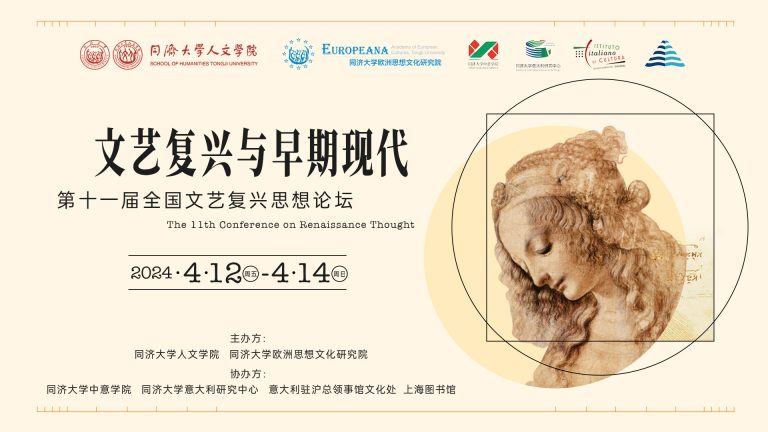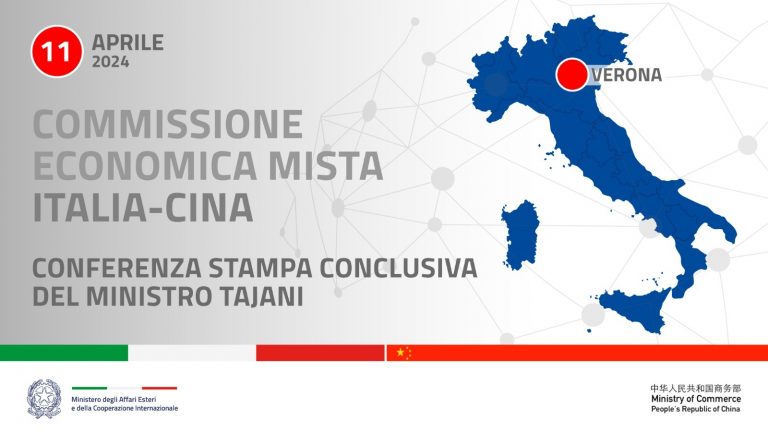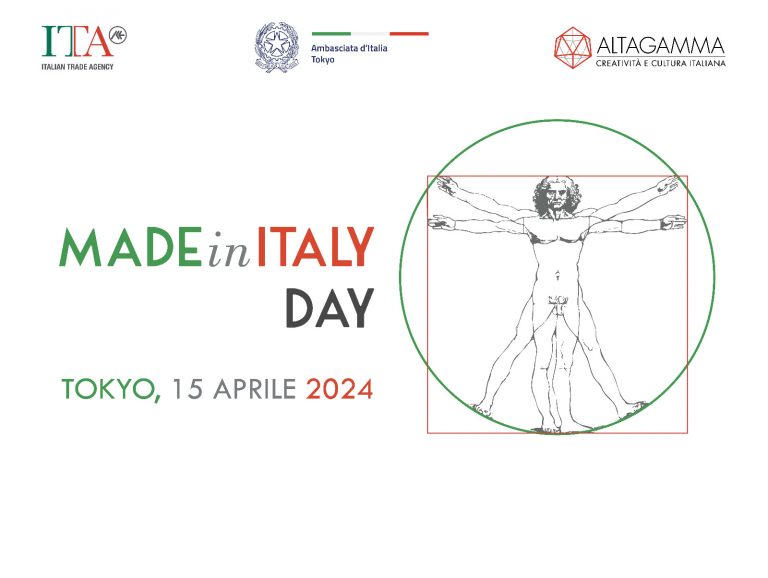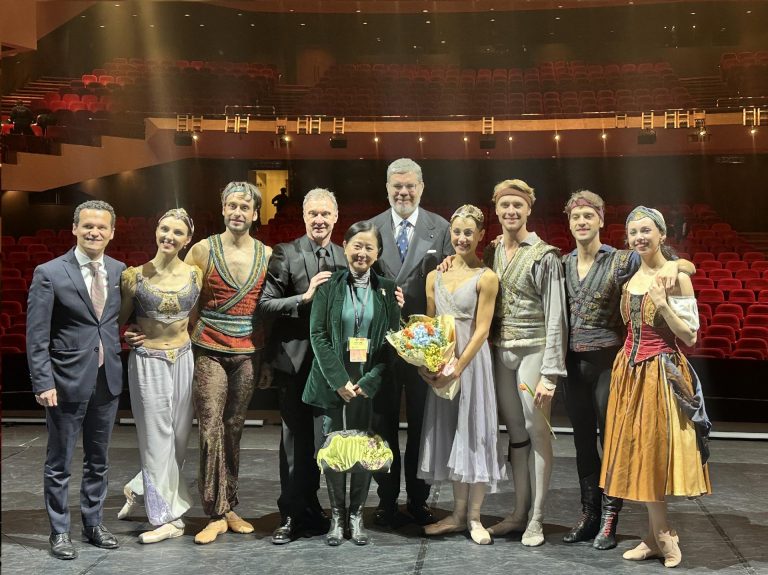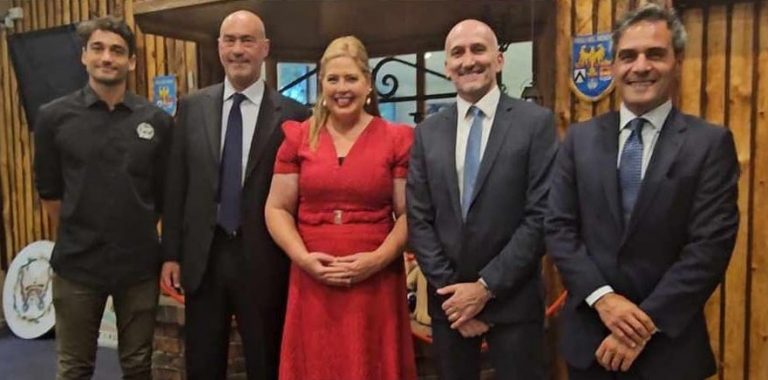The Shimane Museum of Ancient Izumo, one of Japan’s most prestigious museums, specialised in ancient Japan, will continue to host – until 4 December – the exhibition on the archaeological finds retrieved in the historical regions of Kibi and Izum. The exhibition, supported by the Italian Cultural Institute of Osaka, showcases a vast array of finds and also features a special section dedicated to the ‘kofun’ (monumental burial mound) excavations in Tobiotsuka, near the city of Soja (Okayama-ken), in ancient Kibi, which dates back to the 5th or 6th century CE. The excavations are conducted by an international archaeological mission led by the University of Turin.
The excavations are part of an international and interdisciplinary research project, which is putting to good use the experience gathered from projects involving field archaeology, physics and chemistry and high-level museum multimedia exhibition systems, with the help of an international team formed by archaeologists and scientists from Italy (University of Turin and IRIAE in Naples), Japan (Okayama University) and Portugal (University of Lisbon).
The finds that surfaced during the excavations are displayed in a special catalogue (sponsored by the Italian Cultural Institute of Osaka) and paired with the exhibition’s main catalogue, which illustrates – in English and Japanese – the history of the Tobiotsuka kofun excavations, archaeometric measurements and analyses resorting to state-of-the-art techniques and performed on the site and in the laboratory by geologists, biologists, physicists, chemists, geophysicists, paleo-zoologists, and paleo-botanists of the Italian-led ‘Be-Archaeo’ team.

